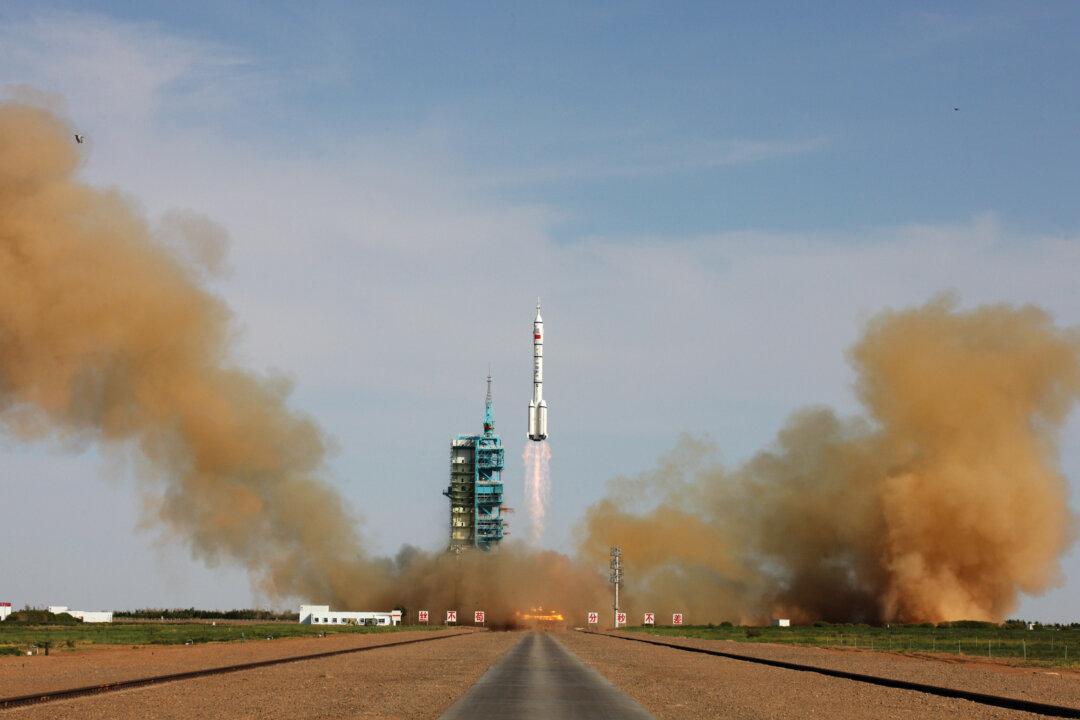News Analysis
China is the global leader in space launches this year. But its ambitious space launch activities have endangered human lives as rocket debris and toxic fuel have destroyed rural farming villages, and even caused deaths.

China is the global leader in space launches this year. But its ambitious space launch activities have endangered human lives as rocket debris and toxic fuel have destroyed rural farming villages, and even caused deaths.